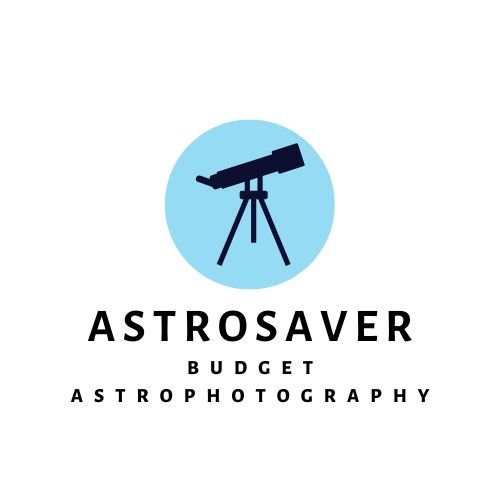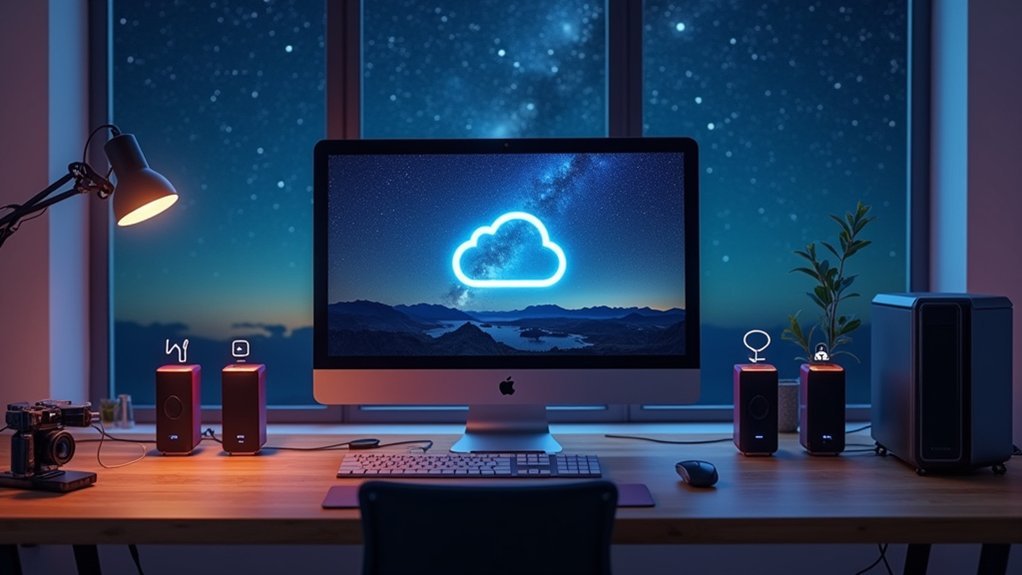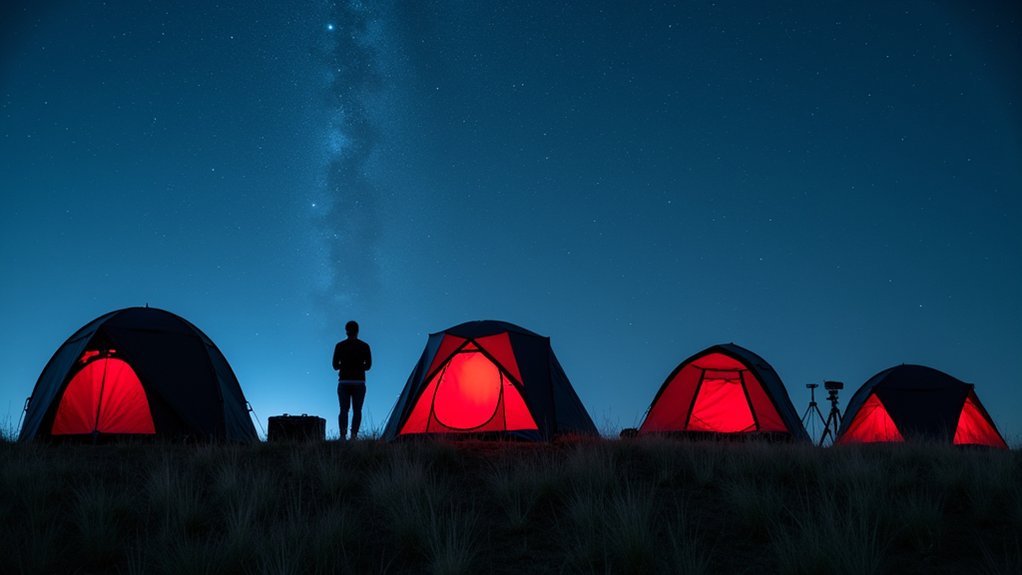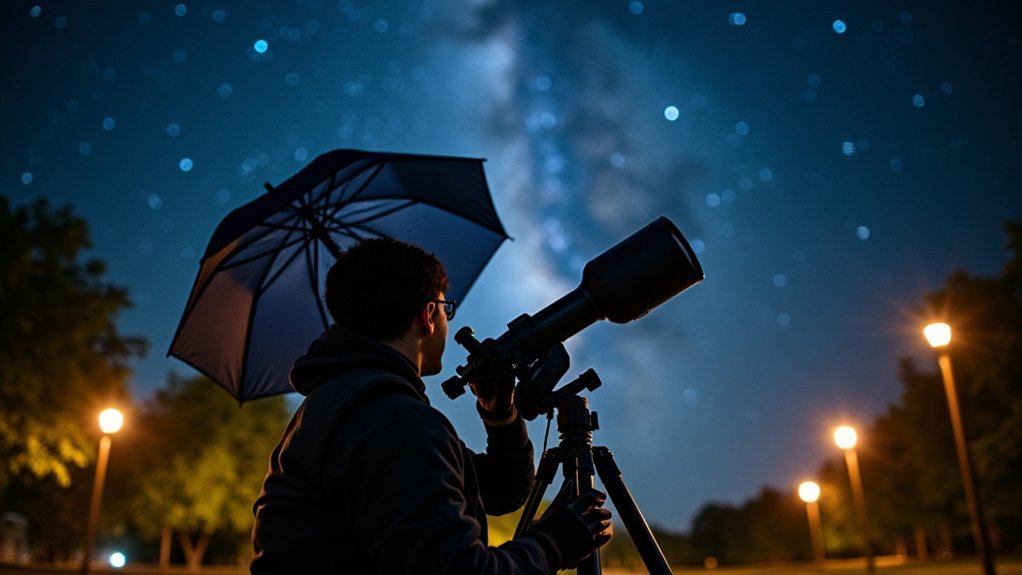For astronomy photo storage, choose cloud services that support RAW formats like Adobe Creative Cloud or SmugMug. Create standardized folders using [YYYYMMDD] [Object name] structure to organize your collection. Separate raw data from processed images across different storage levels. Set up automatic backups with Backblaze or Google Drive during off-hours. Use consistent naming conventions across all platforms. These strategies will protect your celestial captures while keeping them organized for your stargazing journey.
5 Astronomy Photo Storage Tips Using Cloud Services

While capturing the cosmos through your lens is rewarding, properly storing those stellar images is equally important. Cloud storage offers an excellent solution for astronomy enthusiasts, with services like Adobe Creative Cloud and Google Photos providing up to 15GB of free space to get you started.
For serious astrophotographers generating large files, consider services like Backblaze at just $5 per TB monthly for unlimited backup capacity. When backing up your photos, look for platforms supporting RAW formats and automatic uploads from mobile devices—ideal for preserving field observations in real-time.
Don’t overlook data security; opt for providers offering zero-knowledge encryption like NordLocker to keep your celestial captures private.
Remember to evaluate file size limits and cross-device accessibility when choosing the right cloud service for your astronomy collection.
Selecting Cloud Services Optimized for Astrophotography Files
How do you choose a cloud service that truly meets the unique demands of astrophotography? Your celestial captures require specialized cloud storage solutions that accommodate large file sizes and preserve image quality.
Astrophotography demands cloud solutions as vast as the cosmos itself—where technical needs meet artistic preservation.
When selecting your ideal service, focus on:
- Storage capacity flexibility – services like Backblaze ($5 per TB/month) or Dropbox offer scalable options that grow with your expanding collection.
- RAW file format support – platforms like SmugMug cater specifically to photographers, handling various uncompressed formats while providing professional website capabilities.
- Security and organization – consider services with zero-knowledge encryption (like NordLocker) and advanced search features (like Google Photos).
Don’t compromise on these essentials – your astrophotography deserves cloud storage that respects both the technical requirements and artistic value of your cosmic captures.
Creating Efficient Folder Structures for Astronomical Images

Once you’ve selected the right cloud service, establishing a logical folder structure becomes your next critical step for managing astronomical images. Your data collection method directly impacts how you’ll organize files across both scalable cloud storage and external hard drives.
Implement a standardized structure using format [YYYYMMDD] [Object name] [image type] to streamline access. Batch renaming tools help maintain consistent naming conventions that include target details, exposure times, and filters used.
| Folder Level | Organization Method | Benefits |
|---|---|---|
| Primary | Target Types (Nebulae/Galaxies) | Quick category location |
| Secondary | Date-based (YYYYMMDD) | Chronological tracking |
| Tertiary | Session-specific details | Process isolation |
| Archive | Completed/Legacy projects | Prevents cluttering |
Regularly review and archive older datasets while maintaining active directories for ongoing projects, ensuring your storage remains efficient as your collection grows.
Managing Raw, Processed, and Stacked Image Workflows
Building on your folder structure foundation, effective management of image workflows becomes the next practical challenge for astronomy photographers.
Your workflow should separate raw data, processed versions, and final stacks while leveraging cloud storage for security and accessibility.
- Store raw images in cloud services like Google Photos or Adobe Creative Cloud, giving you at least 15GB of free storage and ensuring your original data remains intact.
- Upload your processed images to platforms like SmugMug, which supports various RAW formats and facilitates easy sharing of your completed work.
- Implement regular backups with versioning capabilities to track changes over time and protect against data loss.
Following the [YYYYMMDD] [Target Name] [Type] naming convention across all storage platforms will create consistency, making it simpler to locate specific images when needed for future projects.
Automating Backups and Synchronization Between Devices

While capturing the cosmos demands your full attention, protecting those stellar images shouldn’t require constant manual oversight. Set up automatic backups using cloud storage services like Backblaze or IDrive to safeguard your astrophotography collection without intervention.
Automate your celestial safeguards while your gaze remains fixed on the stars above.
Implement synchronization tools such as Google Drive or Dropbox to maintain seamless access across all your devices. When you edit a file on your desktop, it’ll update automatically on your laptop or tablet.
Schedule these backups during overnight hours to avoid workflow disruptions, and utilize incremental backup features from services like Arq Backup to save time and storage space.
Don’t forget to enable automatic uploads on your mobile apps—ensuring even those spur-of-the-moment shots of Jupiter or Saturn are instantly secured in the cloud.
Frequently Asked Questions
How Do Cloud Storage Costs Compare for Astronomy Photo Collections?
Cloud storage costs for astronomy photos vary widely. You’ll find free tiers (5-15GB), then monthly rates based on storage amount. Consider your collection size and budget when choosing between Google Drive, Dropbox, or specialized services.
Can Cloud Services Compress Astronomy Images Without Quality Loss?
You’ll find that lossless compression options do exist in cloud services for your astronomy images. They’ll preserve star details and nebula colors while reducing file size, but RAW files won’t compress considerably.
How Do I Share Large Astrophotography Files With Collaborators?
You can share large astrophotography files with collaborators using WeTransfer, Dropbox, Google Drive, or specialized platforms like Astrobin. Create shared folders, generate download links, or use file-syncing features for seamless collaboration.
Are There Astronomy-Specific Metadata Tools for Cloud-Stored Images?
Yes, you’ll find several astronomy-specific metadata tools like Astro-TIFF, AVM standards, and FITS Liberator that work with cloud-stored images. These preserve calibration data, coordinates, and observational details in your astrophotography files.
How Can I Recover Accidentally Deleted Astrophotography Images?
You should check your cloud service’s recycle bin first. Try data recovery software for local deletions. If you’ve backed up regularly, restore from those copies. Act quickly as recovery chances diminish over time.
In Summary
You’ll find that proper cloud storage revolutionizes your astrophotography workflow. By selecting specialized services, organizing with thoughtful folder structures, managing your various image stages efficiently, and automating your backups, you’re no longer tethered to physical storage limitations. These practices don’t just protect your celestial captures—they’ll free you to focus on what matters most: exploring the night sky through your lens.





Leave a Reply